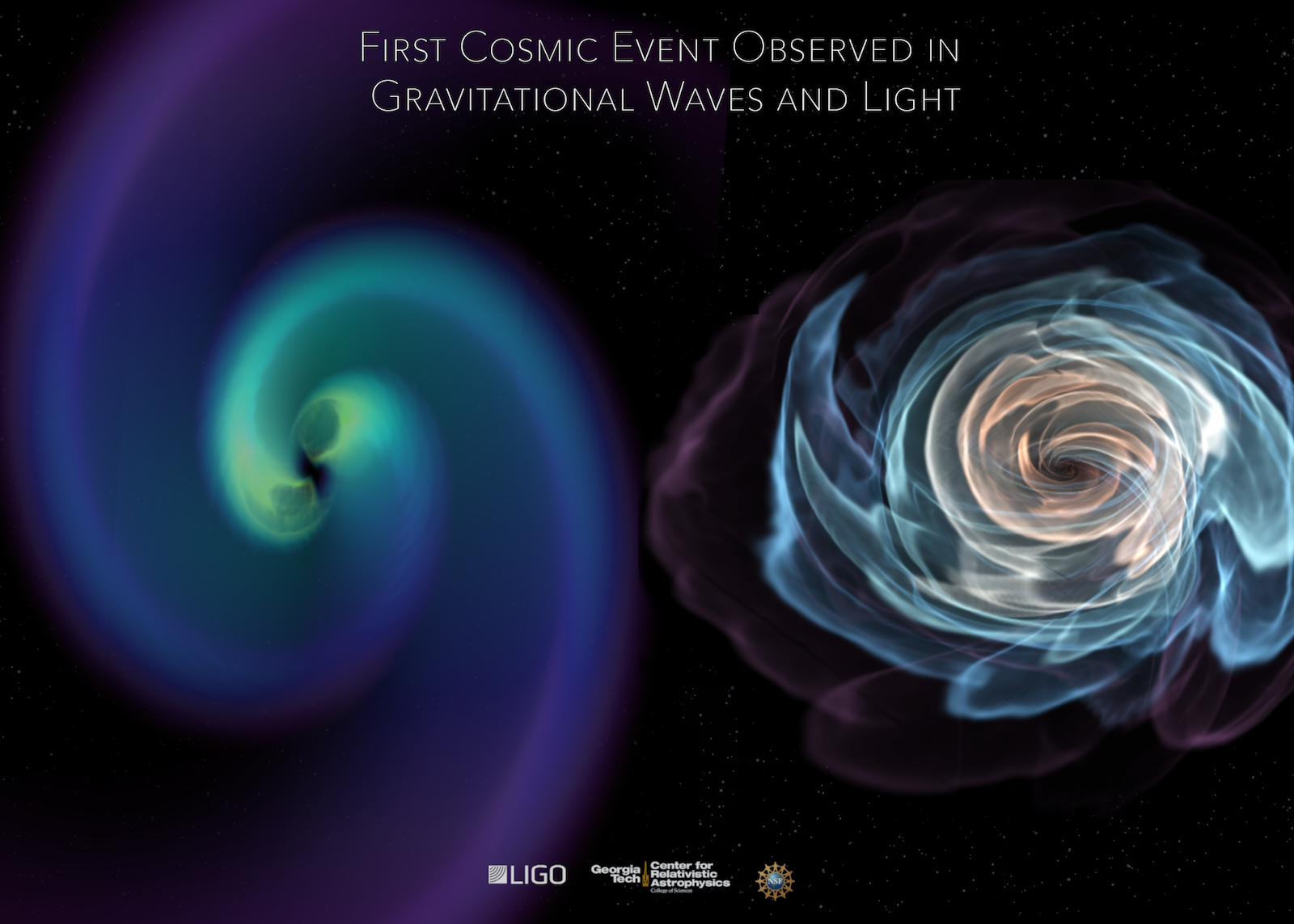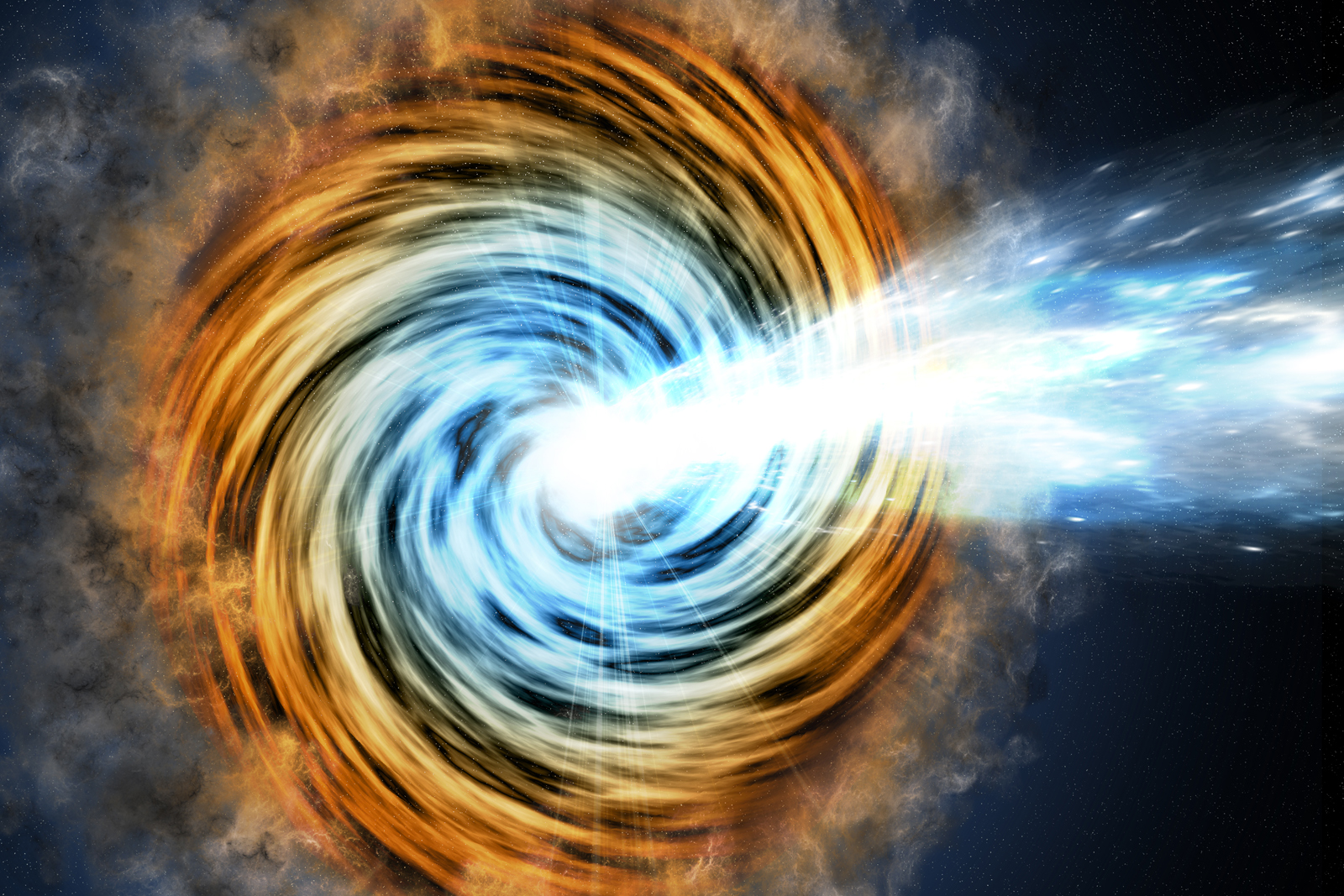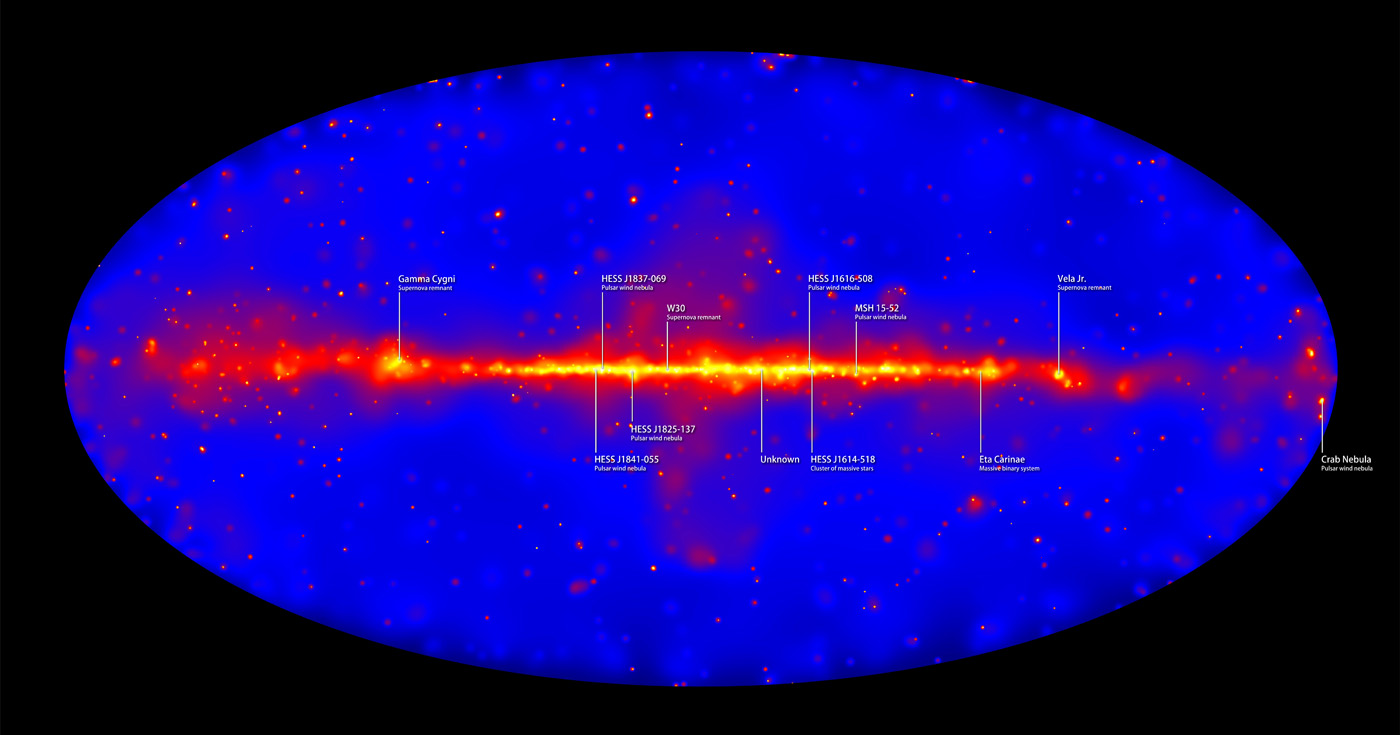
Bending most light is easy; bending it in gamma ray form, however, has often been deemed impossible given how hard it is for electrons to react to the extreme frequencies. University of Munich scientist Dietrich Habs and his Institut Laue-Langevin teammate Michael Jentschel have proven that assumption wrong: an experiment in blasting a silicon prism has shown that gamma rays will refract just slightly through the right material. If a lens is made out of a large-atom substance like gold to bend the rays further, the researchers envision focused beams of energy that could either detect radioactive material or even make it inert by wiping off neutrons and protons. In theory, it could turn a nuclear power plant's waste harmless. A practical use of the technology is still some distance off -- but that it's even within sight at all just feels like a breakthrough.
Scientists bend gamma rays, could neuter radioactive waste originally appeared on Engadget on Thu, 10 May 2012 05:54:00 EDT. Please see our terms for use of feeds.
Permalink  Slashdot
Slashdot |
 Science
Science |
Email this |
Comments
 You'd think that it would be virtually impossible to determine the collective brightness of the observable universe, but a team of scientists has come surprisingly close. They've completed the most accurate measurement of the universe's light to dat...
You'd think that it would be virtually impossible to determine the collective brightness of the observable universe, but a team of scientists has come surprisingly close. They've completed the most accurate measurement of the universe's light to dat...
 You'd think that it would be virtually impossible to determine the collective brightness of the observable universe, but a team of scientists has come surprisingly close. They've completed the most accurate measurement of the universe's light to dat...
You'd think that it would be virtually impossible to determine the collective brightness of the observable universe, but a team of scientists has come surprisingly close. They've completed the most accurate measurement of the universe's light to dat...
 A couple of weeks ago, the LIGO (Laser Interferometer Gravitational-Wave Observatory) and Virgo teams announced the detection of another set of gravitational waves -- the fourth since LIGO's first detection in September of 2015. The observations of t...
A couple of weeks ago, the LIGO (Laser Interferometer Gravitational-Wave Observatory) and Virgo teams announced the detection of another set of gravitational waves -- the fourth since LIGO's first detection in September of 2015. The observations of t...
 NASA's Fermi gamma ray telescope has been working overtime, it seems. Scientists using the instrument have spotted extreme astronomical phenomenon both at the far edge of the universe and close to home. They've detected the farthest known blazars, or...
NASA's Fermi gamma ray telescope has been working overtime, it seems. Scientists using the instrument have spotted extreme astronomical phenomenon both at the far edge of the universe and close to home. They've detected the farthest known blazars, or...
 Space is full of gamma rays and other intense forms of energy, but you've only ever had a partial picture of it. Ground-based telescopes can only see so much, and even the Fermi space telescope (designed to catch these energies) has missed out on a l...
Space is full of gamma rays and other intense forms of energy, but you've only ever had a partial picture of it. Ground-based telescopes can only see so much, and even the Fermi space telescope (designed to catch these energies) has missed out on a l...



